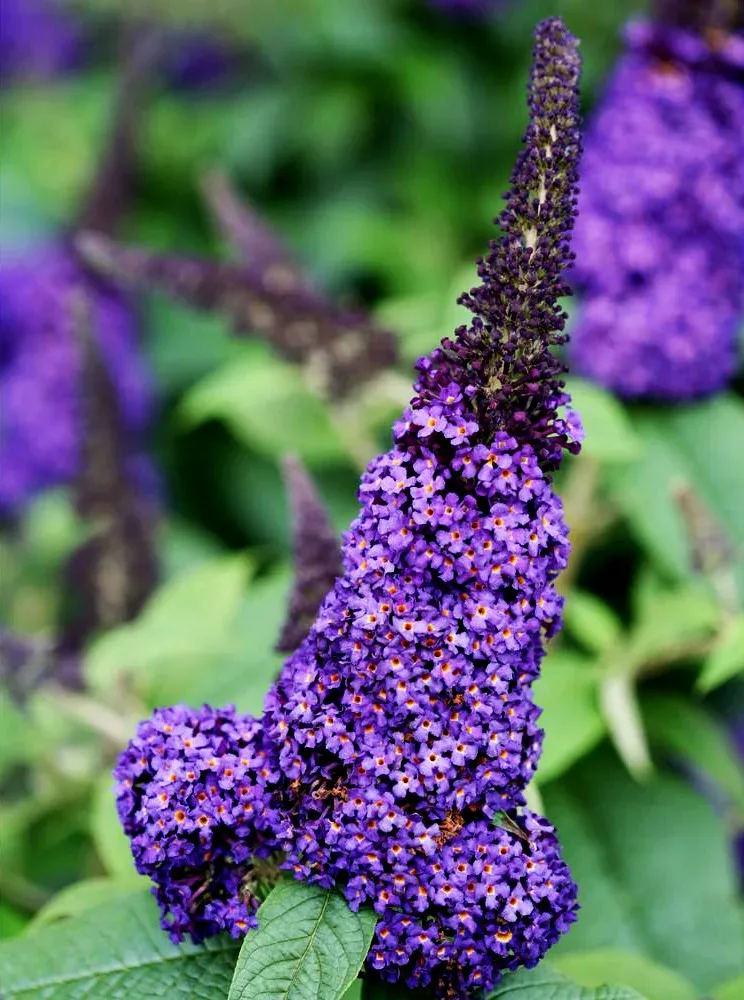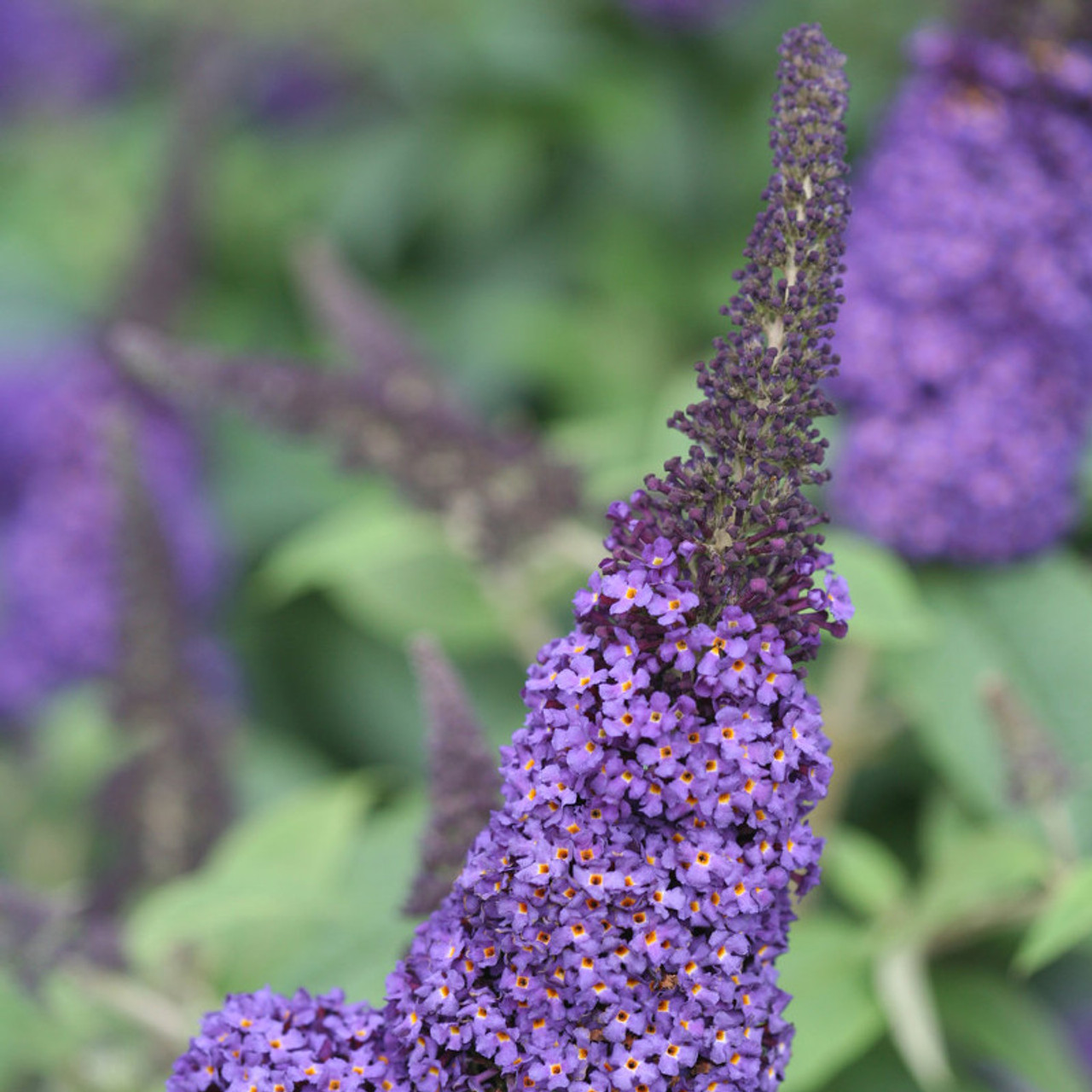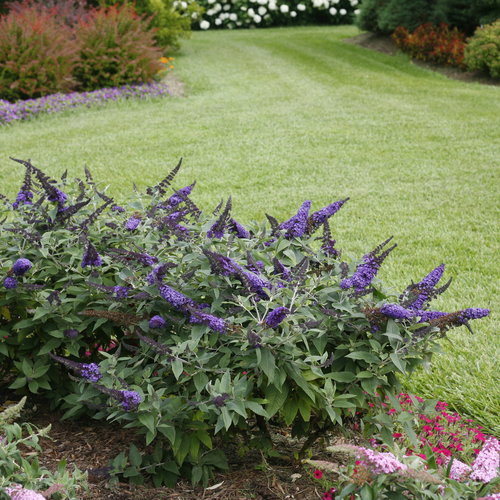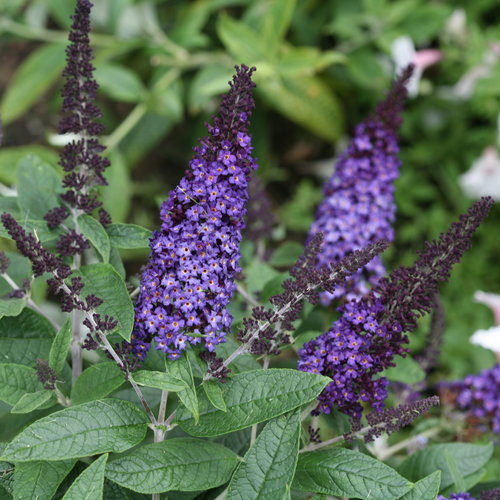Buddleia Pugster Blue: The Ultimate Guide To Growing This Droughttolerant Fragrant Butterfly Bush
Introduction
Buddleia Pugster Blue is a beautiful and easy-to-grow butterfly bush that is perfect for adding color and life to your garden. This compact bush blooms non-stop from early summer through frost with true-blue flowers, each with a tiny yellow-orange eye in the center. Thanks to its thick, sturdy stems, Pugster Blue is also very hardy and can withstand cold winters in USDA zones 5-9.
In this blog post, I will provide you with an ultimate guide to growing Buddleia Pugster Blue. I will cover everything you need to know, from planting and care to pests and diseases. By the end of this post, you will be an expert on growing this amazing plant!
Planting and Care
Pugster Blue is a relatively easy plant to grow. It prefers full sun and well-drained soil. However, it is also drought-tolerant and can tolerate some shade.
When planting Pugster Blue, choose a spot in your garden that gets at least 6 hours of sun per day. The soil should be well-drained, but it does not need to be rich. If you are planting in a pot, use a commercial potting mix that is designed for drought-tolerant plants.
After planting, water your Pugster Blue regularly until it is established. Once it is established, you can water it less often. During the summer, you may need to water it more often if the weather is hot and dry.
Pests and Diseases
Pugster Blue is generally a pest- and disease-free plant. However, it can be susceptible to aphids, spider mites, and powdery mildew. If you see any pests or diseases on your plant, treat them immediately with an appropriate pesticide or fungicide.
Deadheading and Pruning
Pugster Blue does not require a lot of deadheading. However, you may want to deadhead spent flowers to encourage new blooms. You can also prune your Pugster Blue in the spring to shape it and remove any dead or diseased branches.
Propagation
Pugster Blue can be propagated by cuttings or division. To propagate by cuttings, take 6-inch cuttings from the new growth in the spring. Root the cuttings in a well-draining potting mix.
To propagate by division, dig up a mature Pugster Blue plant in the spring or fall. Divide the plant into two or three sections, each with a good root system. Replant the divisions in a new location.
Conclusion
Buddleia Pugster Blue is a beautiful and easy-to-grow butterfly bush that is perfect for adding color and life to your garden. With proper care, this plant will provide you with years of enjoyment.
Buddleia pugster blue is a beautiful, fragrant shrub that is perfect for adding color to your garden. It blooms in late summer and fall, and the flowers attract butterflies and other pollinators. If you are looking for a new addition to your garden, I encourage you to learn more about buddleia pugster blue.
To learn more about buddleia pugster blue, please visit Garden Wiki. This website has a wealth of information about this plant, including its care requirements, planting tips, and pest and disease prevention.
FAQ of buddleia pugster blue
- What is the size of a Pugster Blue butterfly bush?
A Pugster Blue butterfly bush typically grows to be 4-6 feet tall and 2-3 feet wide. It is a compact shrub that is well-suited for smaller gardens.
- How do you grow a Pugster Blue butterfly bush?
Pugster Blue butterfly bushes are easy to grow and care for. They prefer full sun and well-drained soil. Water them regularly, especially during the first year after planting. Fertilize them in spring and fall with a balanced fertilizer.
- When does Pugster Blue butterfly bush bloom?
Pugster Blue butterfly bushes bloom in mid-summer to early fall. They have clusters of fragrant blue flowers that attract butterflies and other pollinators.
- Is Pugster Blue butterfly bush invasive?
Pugster Blue butterfly bushes are not considered to be invasive. However, they can be aggressive spreaders, so it is important to plant them in an area where they will not have the opportunity to spread too much.
- What are some pests and diseases that can affect Pugster Blue butterfly bushes?
Pugster Blue butterfly bushes are susceptible to a few pests and diseases, including aphids, spider mites, and powdery mildew. If you notice any pests or diseases on your plant, you can treat them with insecticidal soap or neem oil.





Post a Comment for "Buddleia Pugster Blue: The Ultimate Guide To Growing This Droughttolerant Fragrant Butterfly Bush"